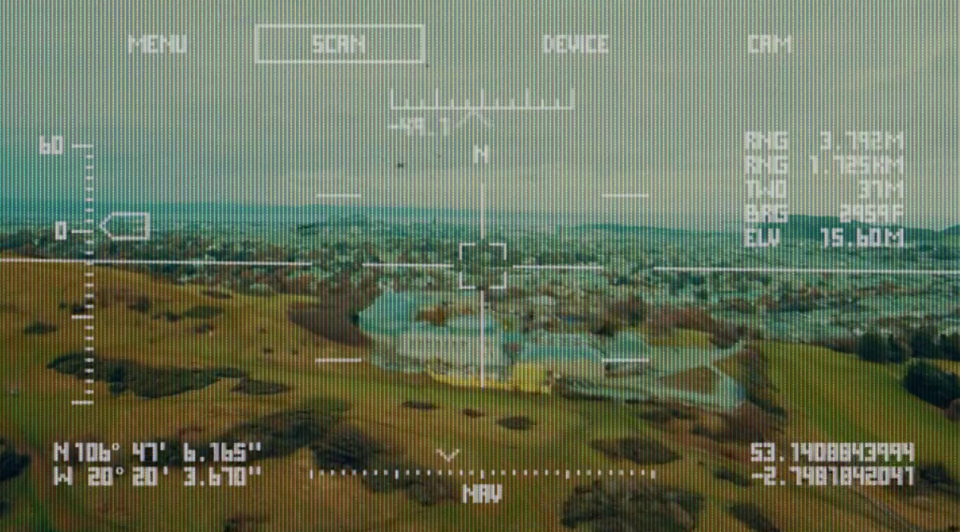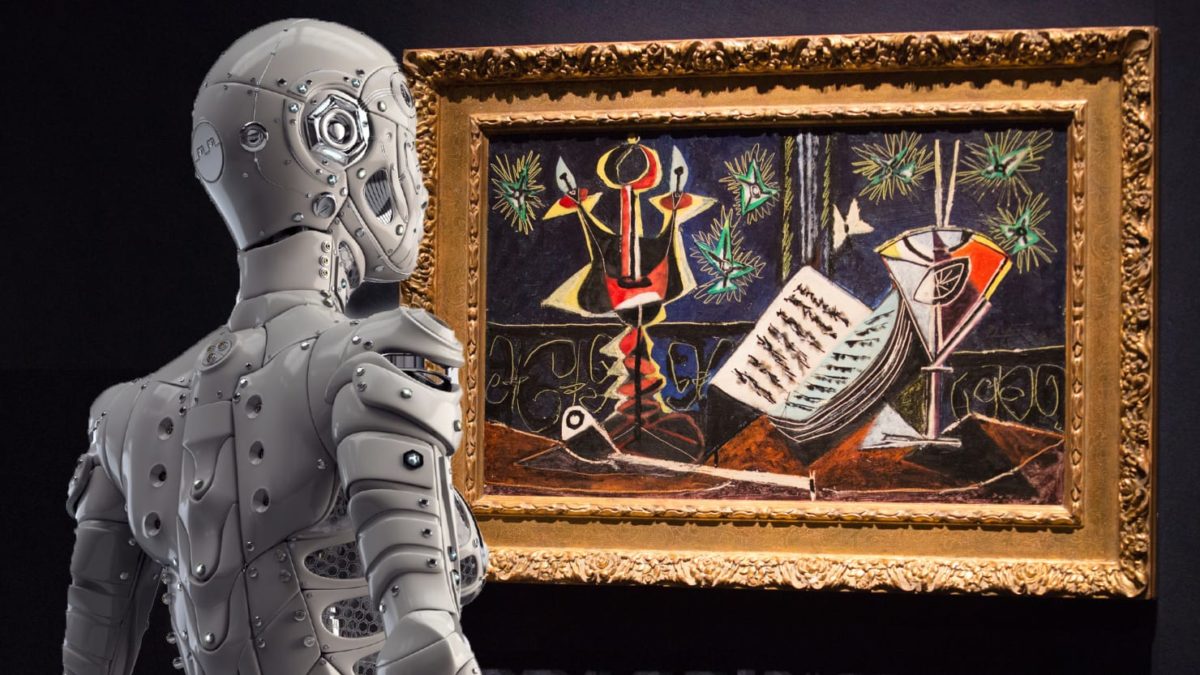In 2017, U.S. Deputy Secretary of Defense Shanahan stated that he wanted “built-in AI capability” in all future deployable defense systems [1]. Recently, the Pentagon further decided to almost triple the spend on military drones to $7 billion for FY2019 [2]. This development is unsettling because it implies that even warfare – where judgement on ethics and morality lead to life and death decisions – is being outsourced to machines.
The reason for drone deployment is obvious. Drones have long surpassed manned aircrafts in terms of range, endurance, safety, and cost efficiency, unlocking more difficult missions with fewer or no pilot lives at stake [3]. But AI-enhanced drones may enable completely new tactics. Apart from supportive roles like signal jamming, targeting, or refueling, autonomous drones can also be deployed in swarms [4] thanks to their ability to process higher level commands. Ground crews no longer have to actively fly the aircrafts. Instead, they can focus on the target environment and develop suitable ad-hoc combat plans. At least, that’s the vision.
So far, technology isn’t quite there yet. Drones actually cannot “see” very well because they need to keep a great safety distance to maintain stealth. To improve drone imagery, machine learning is introduced to make drones recognize individual targets based on images from previously gathered intel. But still, locking on specific persons is nothing more than an educated guess, given that even the most advanced drone cameras simply do not allow a resolution high enough for facial recognition [5]. Further, variable combat situations make it very difficult to develop satisfactory validation systems to test a drone’s reaction in all possible scenarios [4].
In my view, trusting autonomous drones to operate reliably in combat is like relying on half-blind pilots with unpredictable temper. It is also questionable if drones can ever reach the necessary reliability to be deployed hands-free. While they do have the potential to facilitate decision making by quickly mining through huge amounts of intel, the final call still has to be made by human operators to avoid uncertainty-based collateral damage.
To lighten up a bit, here is a rather satirical video comment on what conventional drones are capable of:
Sources:
[1] https://www.nbcnews.com/news/military/google-halt-controversial-project-aiding-pentagon-drones-n879471
[2] https://www.c4isrnet.com/unmanned/2018/07/05/the-pentagons-latest-budget-is-its-largest-counter-drone-budget-ever/
[3] https://www.goldmansachs.com/insights/technology-driving-innovation/drones/
[4] https://www.nato.int/docu/review/2017/also-in-2017/autonomous-military-drones-no-longer-science-fiction/EN/index.htm
[5] http://www.extremetech.com/extreme/146909-darpa-shows-off-1-8-gigapixel-surveillance-drone-can-spot-a-terrorist-from-20000-feet


